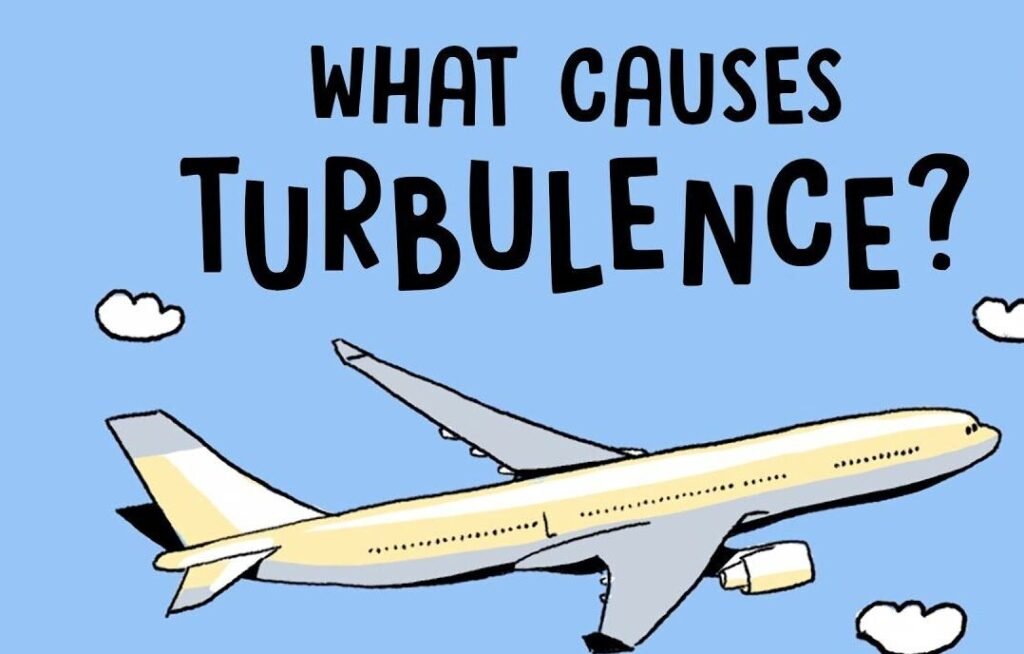The Science Behind Airplane Turbulence: What Makes Your Flight Bumpy?
Airplane turbulence is a common experience for many travelers. While it can be unsettling, it’s a normal part of flying. In this article, we’ll explore the science behind airplane turbulence and what causes those bumpy rides.
What Is Airplane Turbulence?
Airplane turbulence is the shaking or jolting of an aircraft during flight. It can be caused by a variety of factors, including weather conditions, air pressure changes, and the aircraft’s movement through the air.
Types of Airplane Turbulence
There are several types of airplane turbulence, including:
– Clear-air turbulence: This type of turbulence occurs when there are no visible clouds or other weather conditions. It can be caused by wind shear or changes in air temperature.
– Mountain wave turbulence: This type of turbulence occurs when air flows over a mountain range. It can be particularly severe and can cause significant jolting and shaking.
– Convective turbulence: This type of turbulence occurs when there are thunderstorms or other convective weather conditions. It can be caused by updrafts and downdrafts within the storm.
What Causes Airplane Turbulence?
Airplane turbulence can be caused by a variety of factors, including:
– Weather conditions: Thunderstorms, wind shear, and other weather conditions can cause turbulence.
– Air pressure changes: Changes in air pressure as the aircraft moves through the air can cause turbulence.
– Aircraft movement: The movement of the aircraft through the air, such as during takeoff or landing, can cause turbulence.
How Pilots Deal with Airplane Turbulence
Pilots are trained to deal with airplane turbulence and have a variety of tools at their disposal to help them navigate through it. These tools include:
– Weather radar: Pilots use weather radar to detect areas of turbulence and avoid them.
– Altitude changes: Pilots can change the altitude of the aircraft to avoid turbulence.
– Flight path changes: Pilots can also change the flight path of the aircraft to avoid turbulence.
How to Stay Safe During Airplane Turbulence
While airplane turbulence can be unsettling, it’s generally not dangerous. However, there are some steps you can take to stay safe during turbulence, including:
– Keeping your seatbelt fastened: This is the most important thing you can do to stay safe during turbulence. Keep your seatbelt fastened at all times when you’re in your seat.
– Following the flight crew’s instructions: If the flight crew asks you to return to your seat or fasten your seatbelt, do so immediately.
– Storing your belongings: Make sure your belongings are stored properly so they don’t become loose during turbulence.
Conclusion
In conclusion, airplane turbulence is a normal part of flying and is generally not dangerous. Pilots are trained to deal with turbulence and have a variety of tools at their disposal to help them navigate through it. By following the flight crew’s instructions and keeping your seatbelt fastened, you can stay safe during turbulence and enjoy a smoother flight.
